Introducing Rakewell, Apollo’s wandering eye on the art world. Look out for regular posts taking a rakish perspective on art and museum stories.
Rakewell has no fears about the country going to the dogs when an altogether much brighter and wilder future may be in the offing. Your roving, sorry, make that roaming, correspondent was delighted by the news that after some 6,000 years without any of these herbivorous megafauna to its name, Britain is now home to three European bison. While some doubt that the species ever thrived here, Rakewell would like to say: welcome back, Bison bonasus! The county of Kent is now truly the (wild) garden of England, as local conservationists hope that the bison can do a good deal of their woodland management for them.
The European bison has been through tough times. Hunted almost to extinction in the 19th century, its current descendants number some 7,500 animals, all hailing from just 12 animals in captivity. While bringing the bison to Britain is meant to do as much for them as they are meant to do for the environment, Rakewell has also been wondering if the success of recent rewilding efforts – and she can’t help being pleased by the protected status afforded to beavers from this October – might not inspire another long-overdue revival. Taxidermy can get stuffed; what we want is more animalier art! For contemporary artists who may be considering bringing the genre into the 21st century, perhaps the following works of art might provide some inspiration?
The caves of Altamira in northern Spain seem like the obvious place to begin and set a high standard for subsequent, more self-conscious efforts.
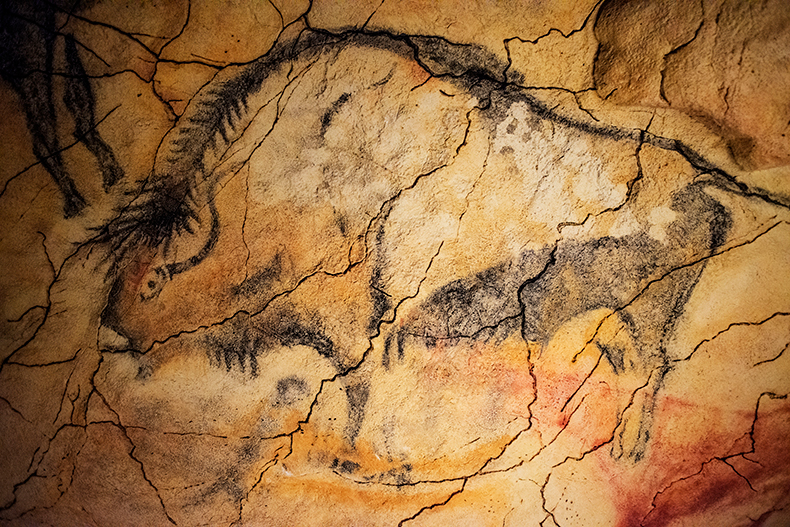
Back to bison basics: the Altamira caves in Spain. Photo: Sergi Reboredo/VW Pics/Universal Images Group via Getty Images
While the Dictionary of National Biography may have been sniffy about Thomas Bewick’s bison in A General History of Quadrupeds, describing it as ‘poor and unsuggestive’ (compared to the artist’s ‘unimpeachable’ badger and hedgehog), Rakewell disagrees.
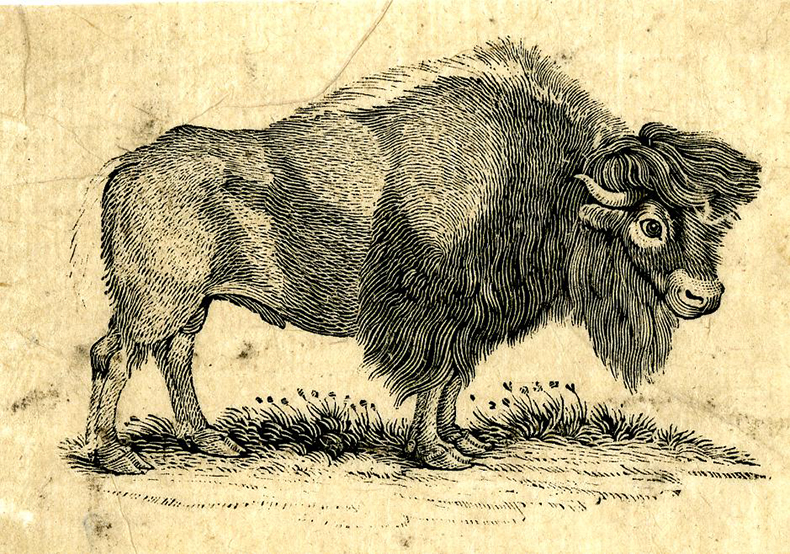
Bison by Thomas Bewick in A General History of Quadrupeds (1790) by Ralph Beilby. British Museum, London. © The Trustees of the British Museum (CC BY-NC-SA 4.0)
Antoine-Louis Barye is best known as a sculptor of animalier bronzes, but his watercolour studies of wild animals are a much more relaxed affair.
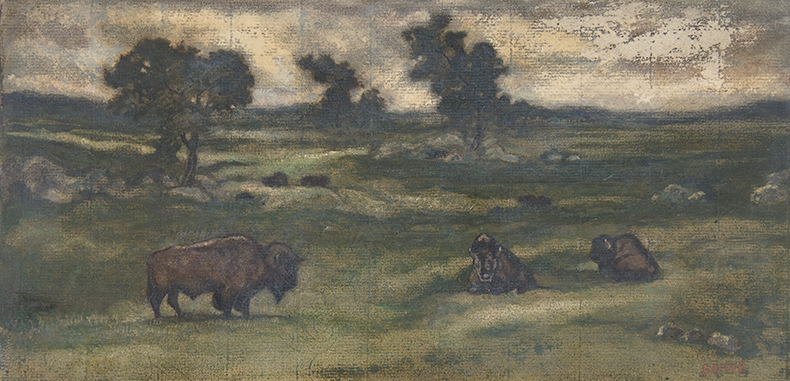
Group of Bison (1810–75), Antoine-Louis Barye. Metropolitan Museum of Art, New York
And we can’t keep feeling that this deft ink drawing by Henri Gaudier-Brzeska may have been something of a red rag to Picasso.
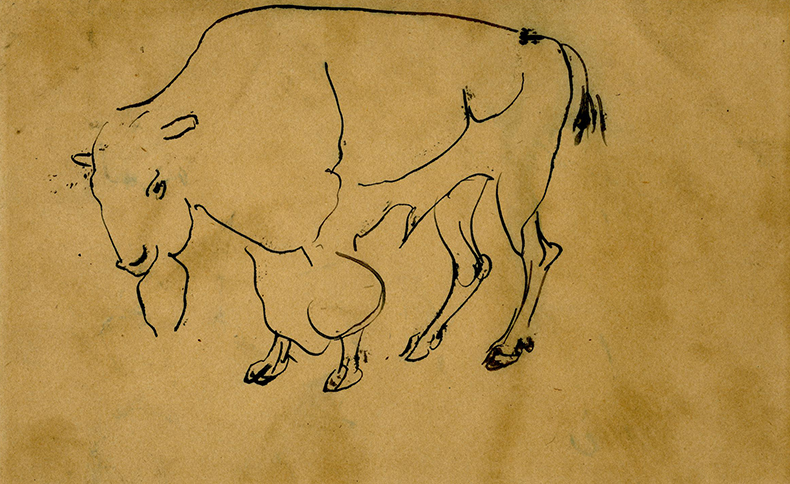
Drawing of a bison (1891–1915), Henri Gaudier-Brzeska. British Museum, London. © The Trustees of the British Museum (CC BY-NC-SA 4.0)
Got a story for Rakewell? Get in touch at rakewell@apollomag.com or via @Rakewelltweets.
Unlimited access from just $16 every 3 months
Subscribe to get unlimited and exclusive access to the top art stories, interviews and exhibition reviews.

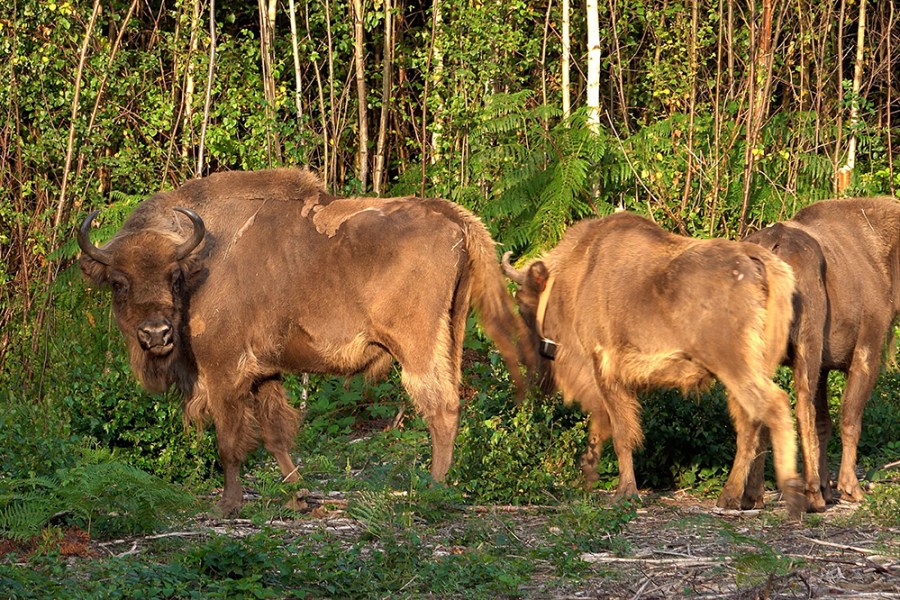
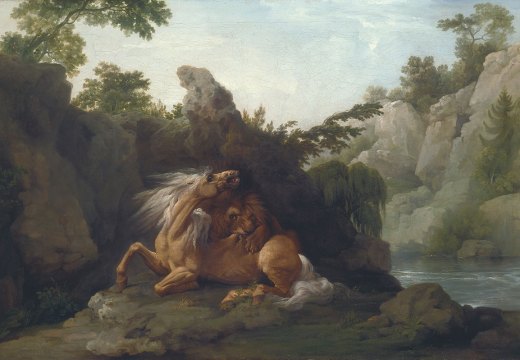
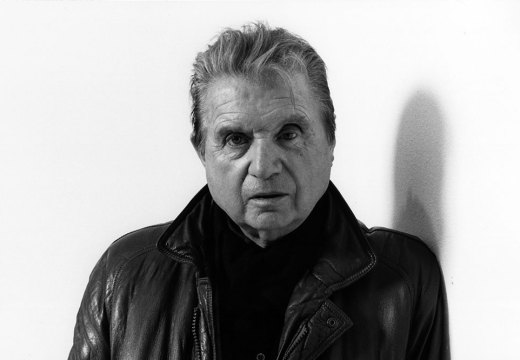
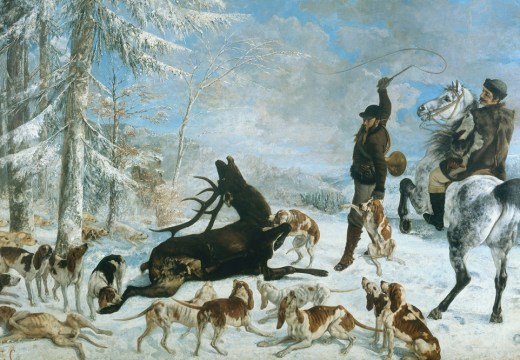









![Masterpiece [Re]discovery 2022. Photo: Ben Fisher Photography, courtesy of Masterpiece London](http://www.apollo-magazine.com/wp-content/uploads/2022/07/MPL2022_4263.jpg)
It’s time for the government of London to return to its rightful home